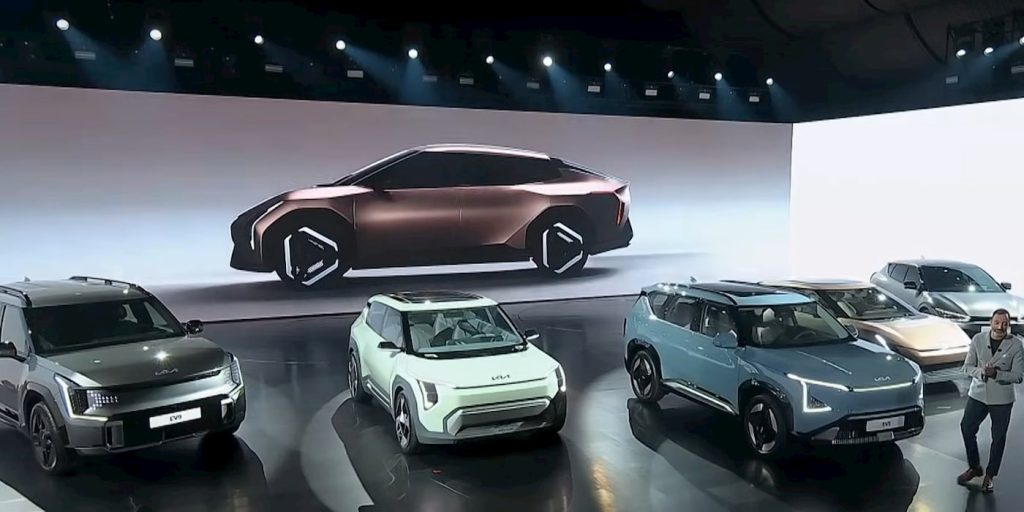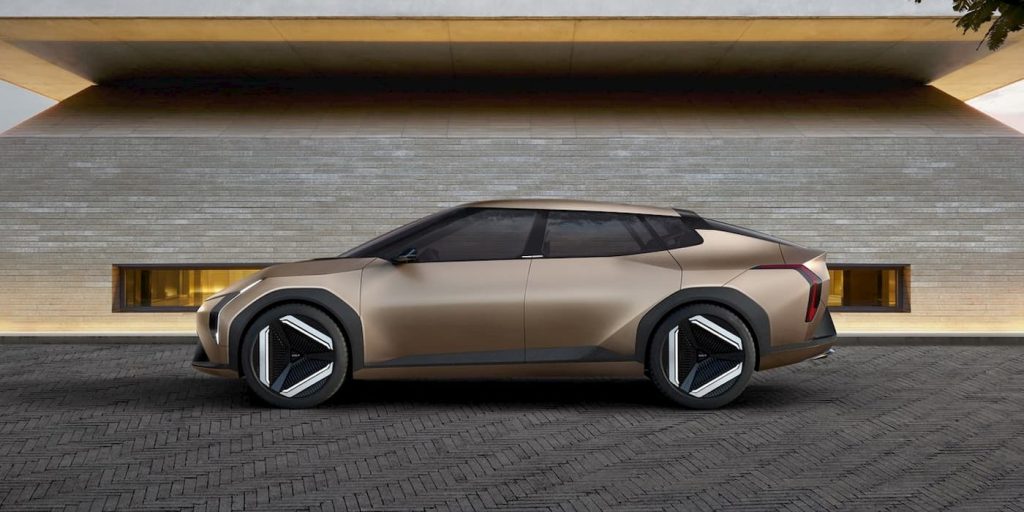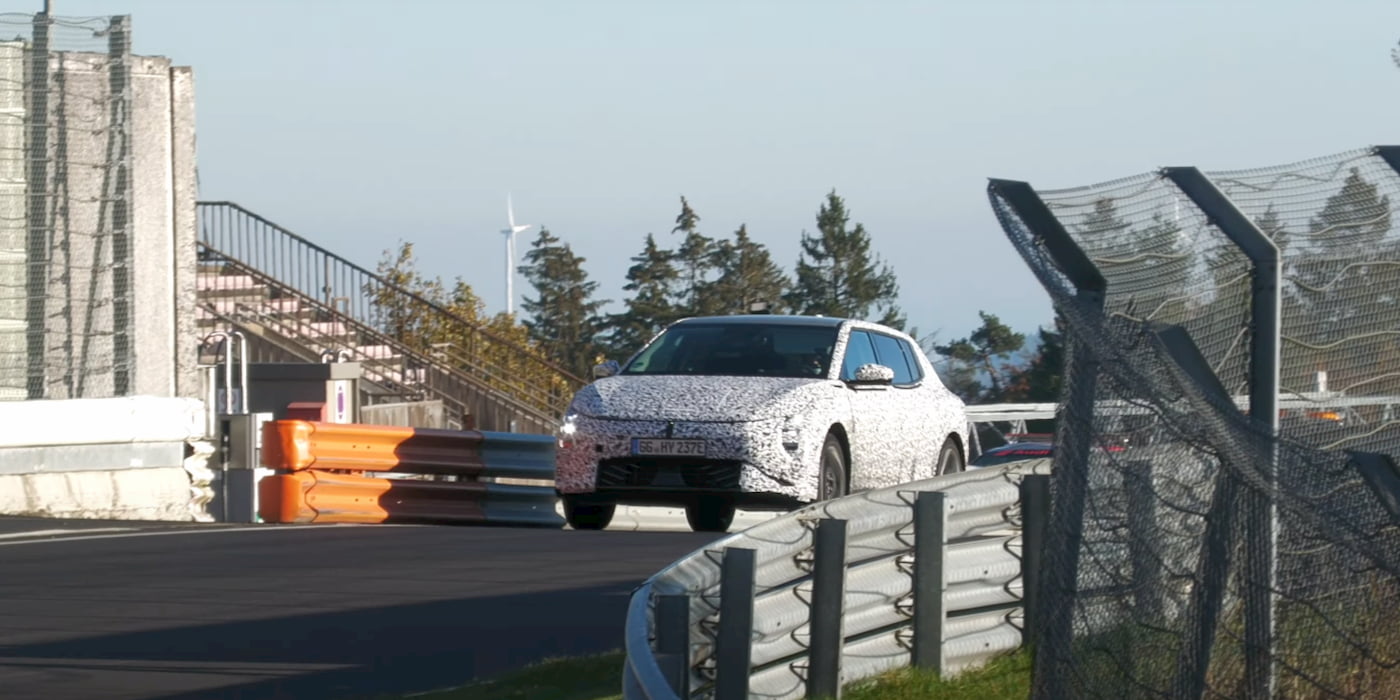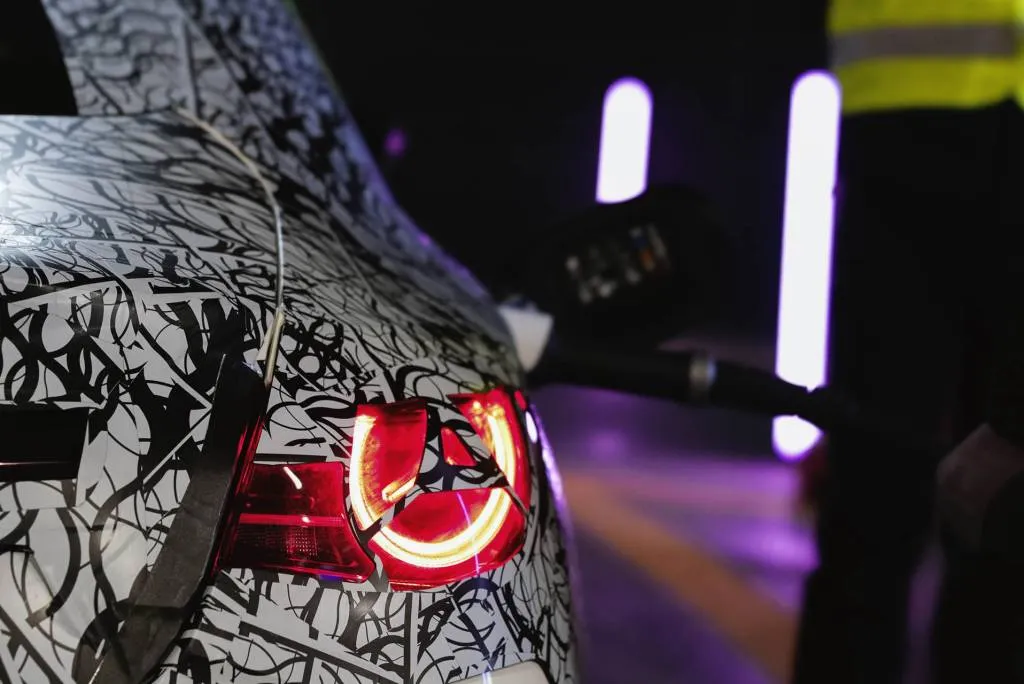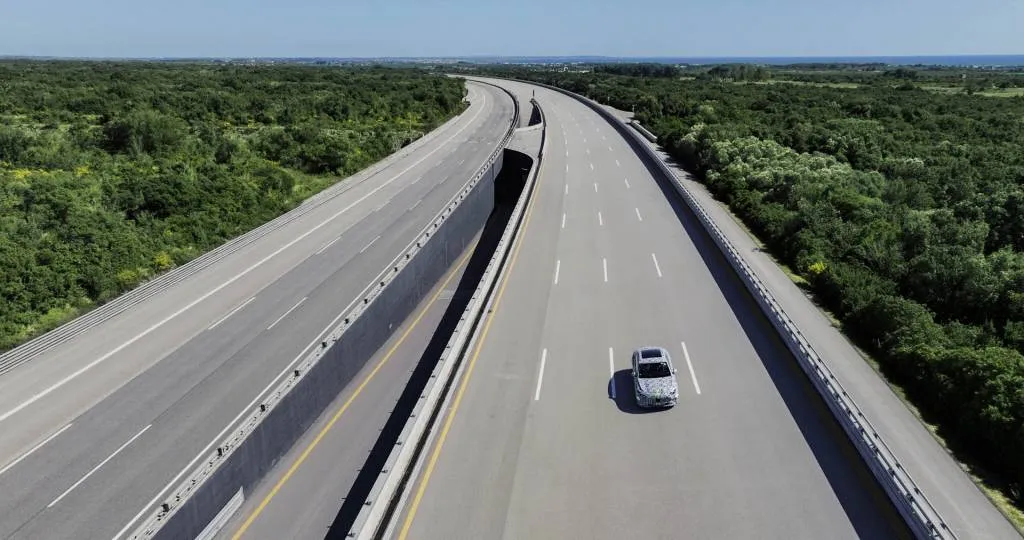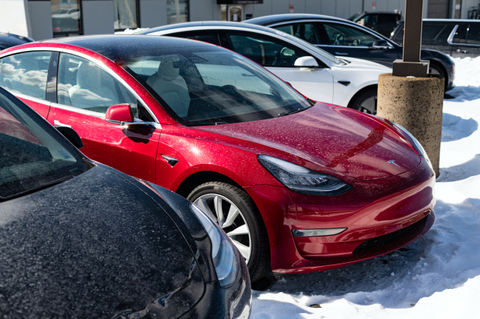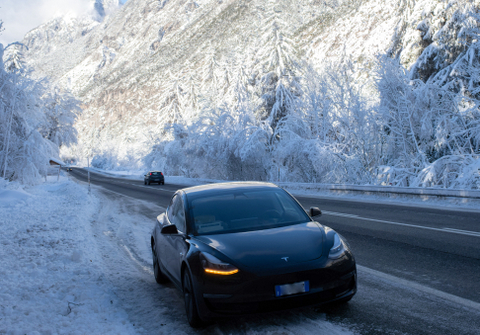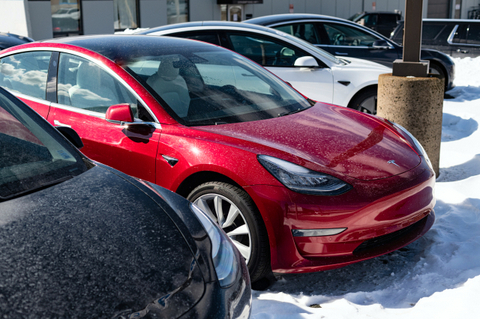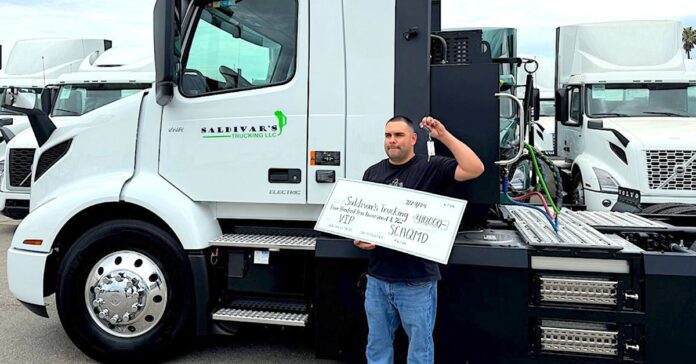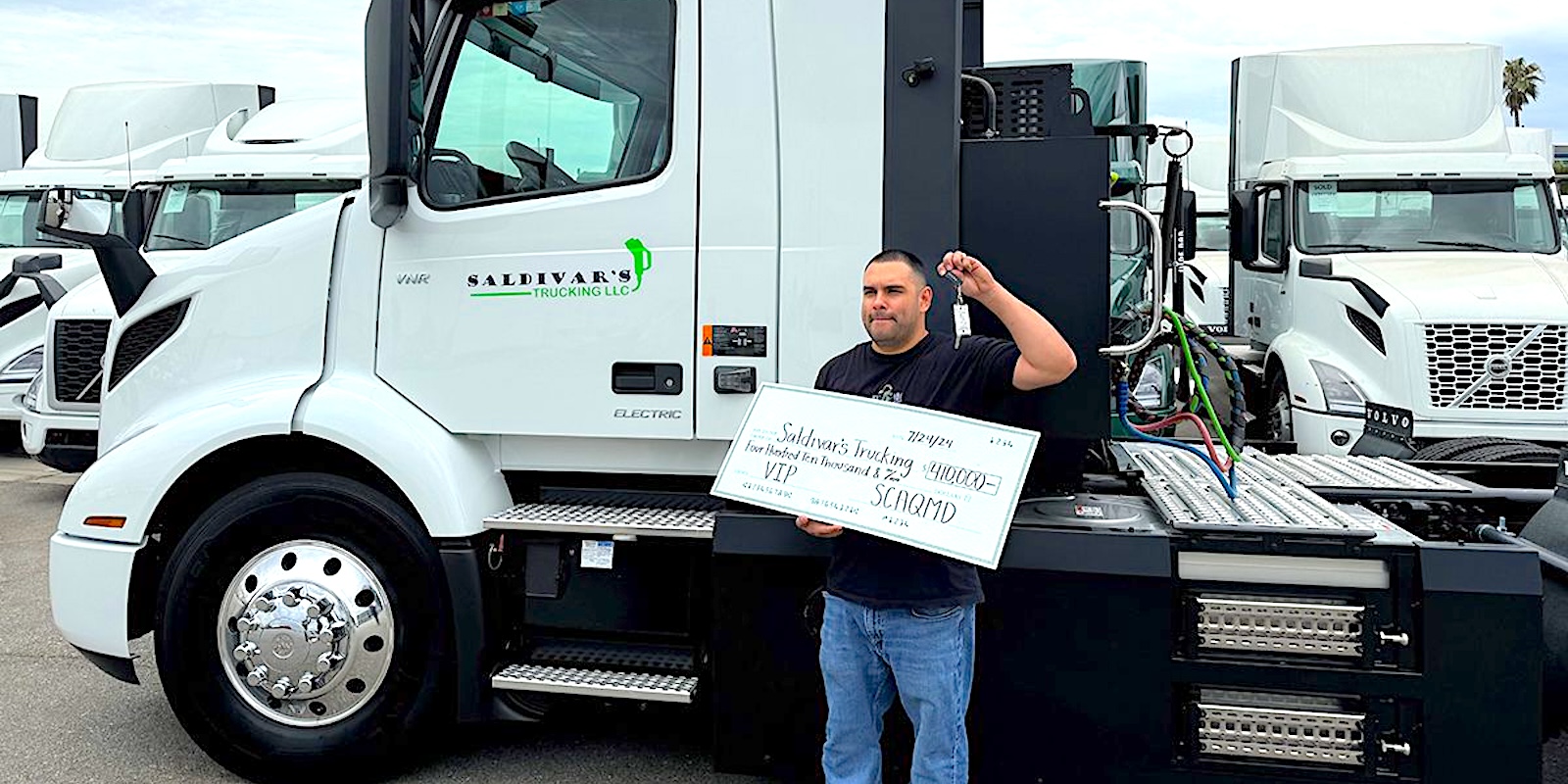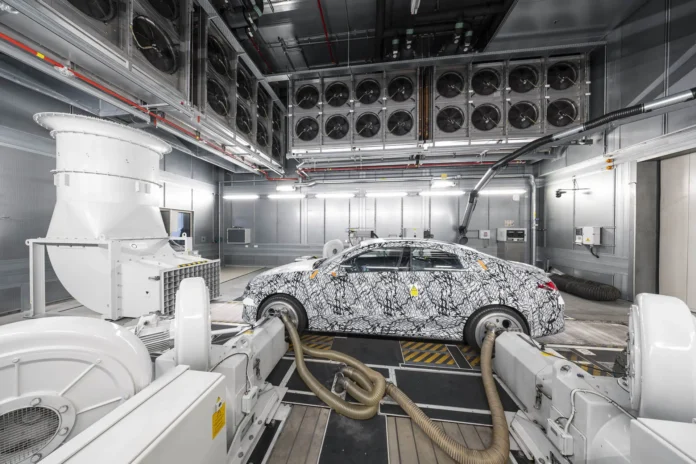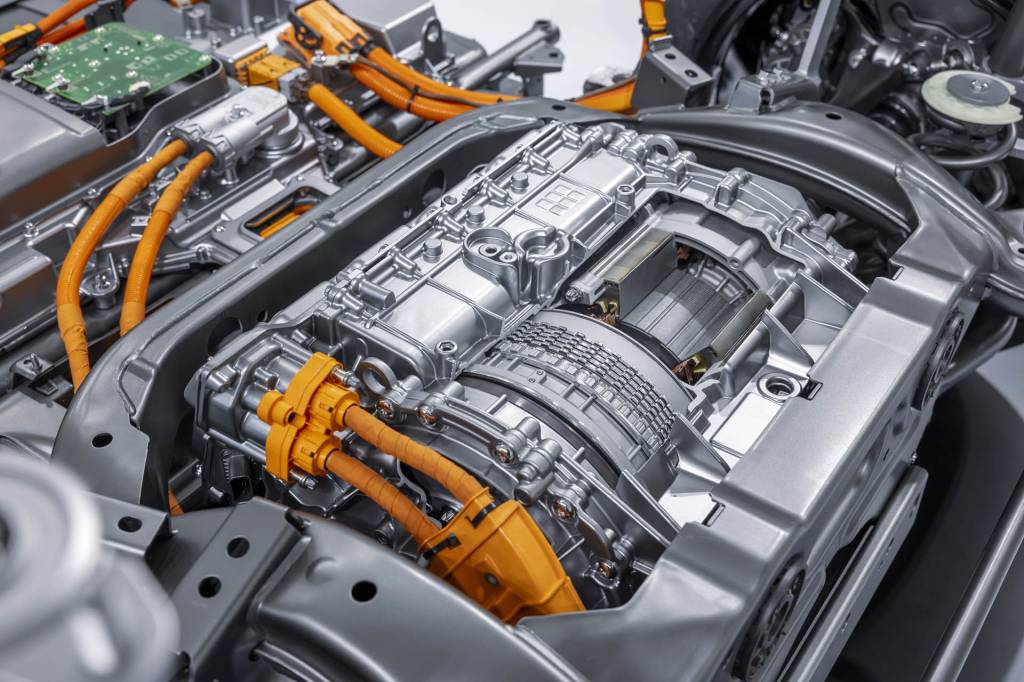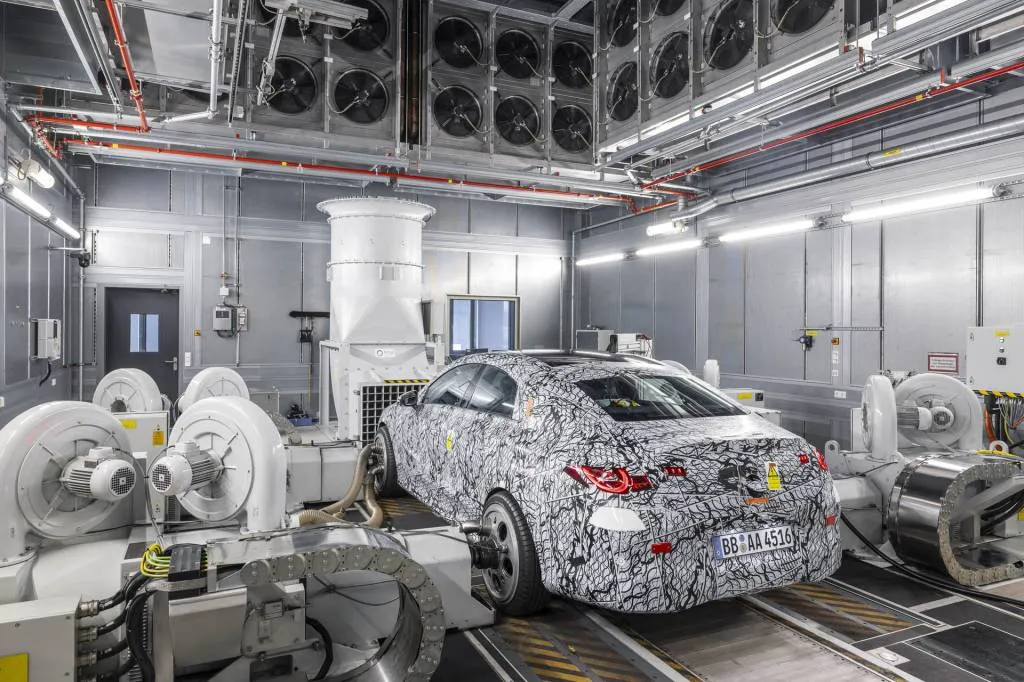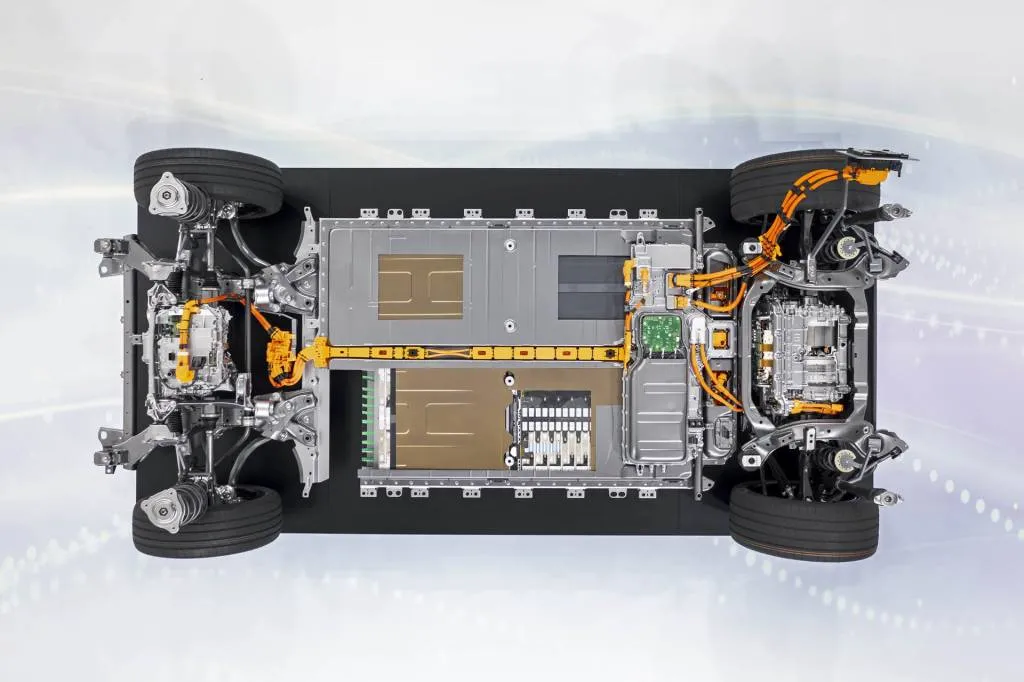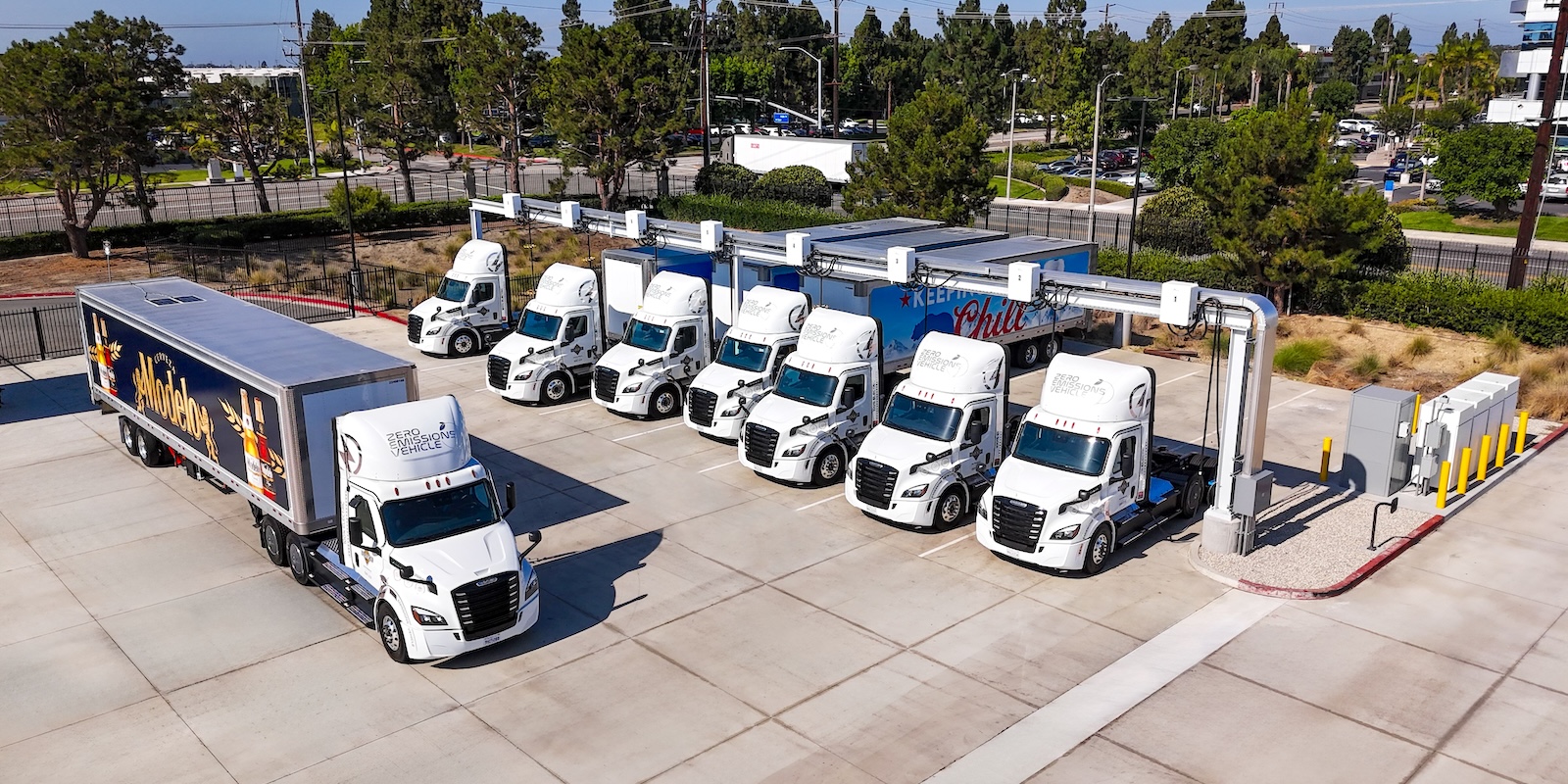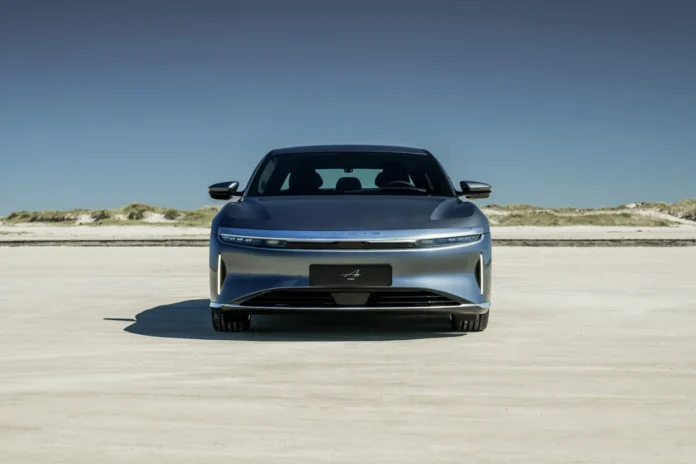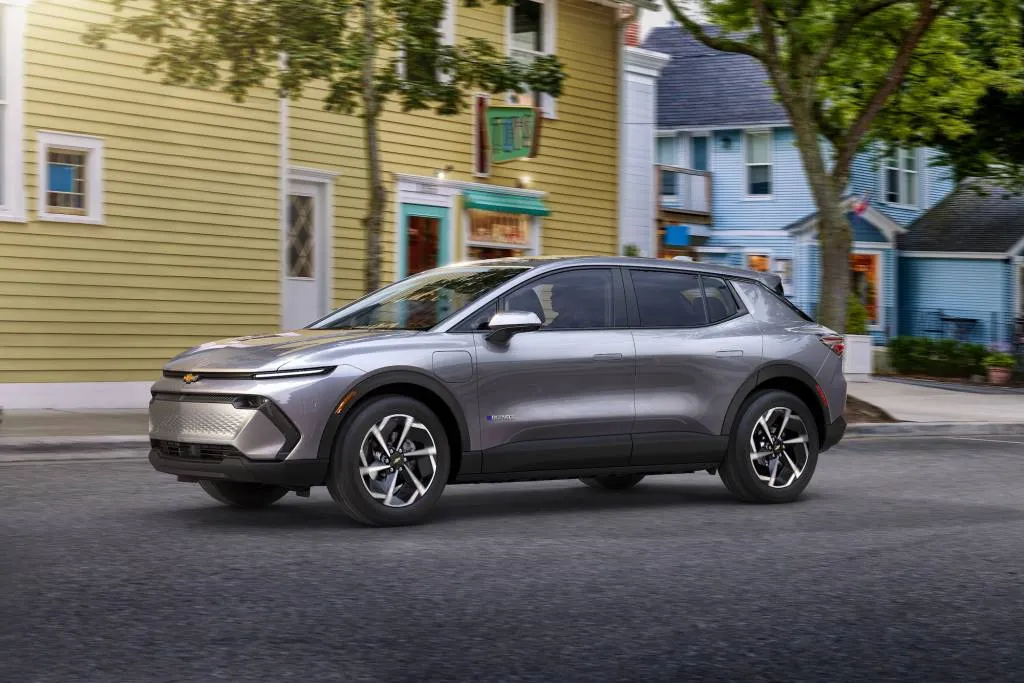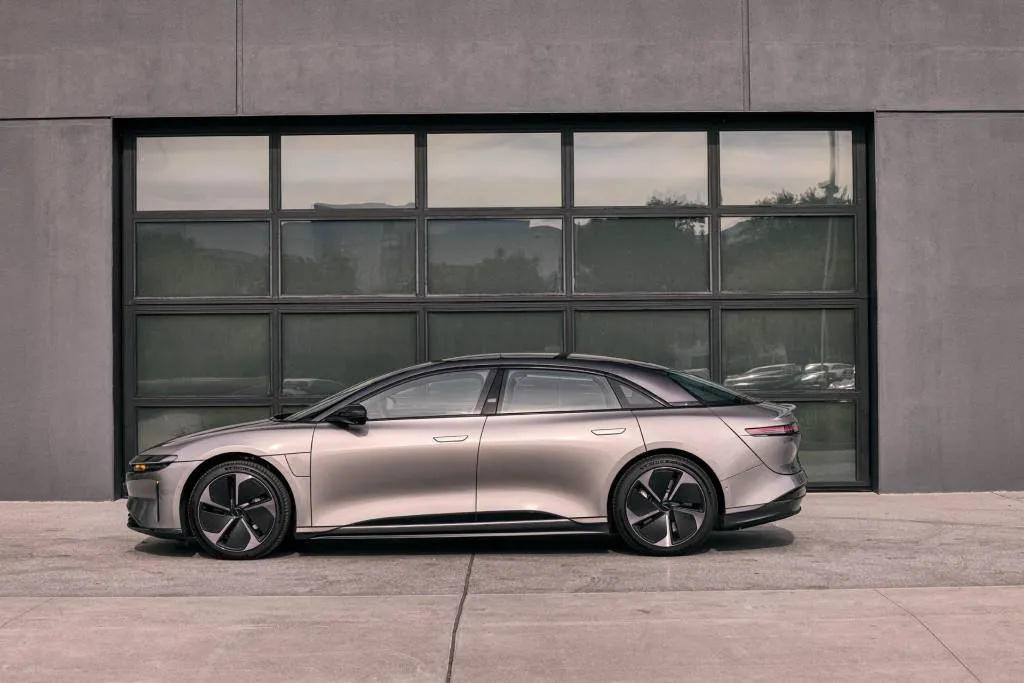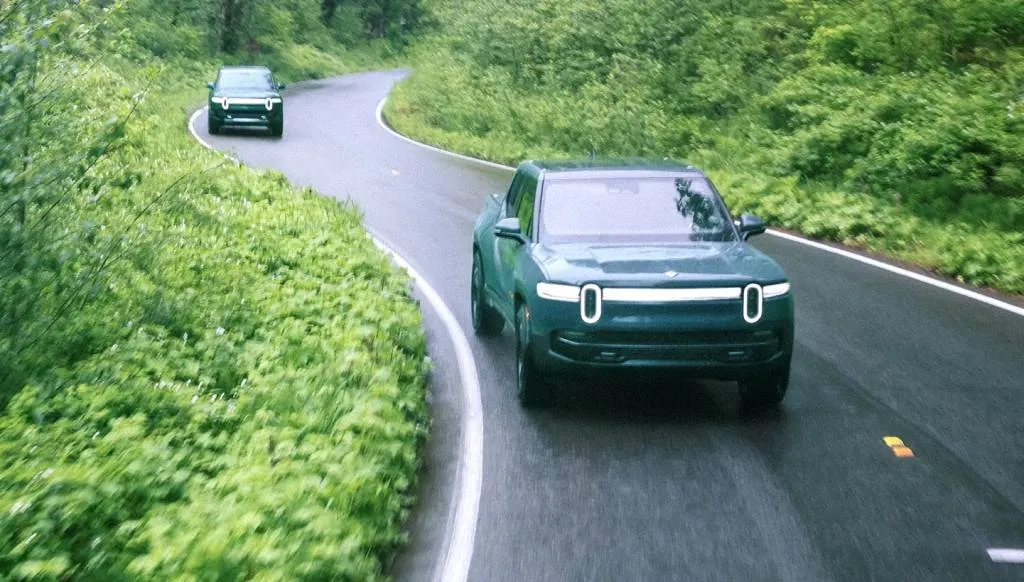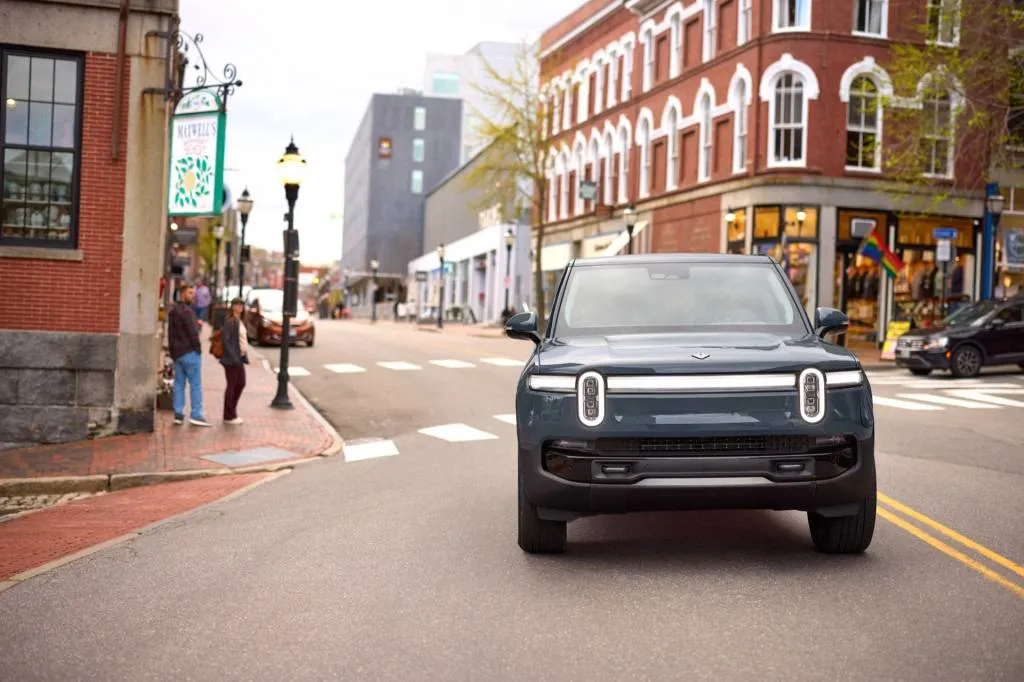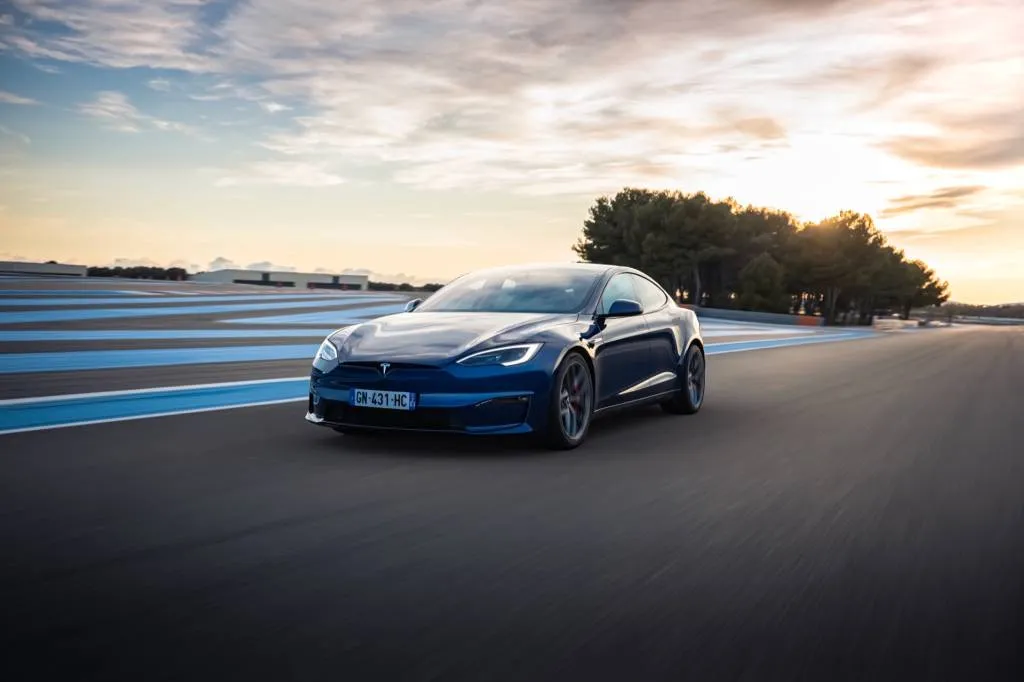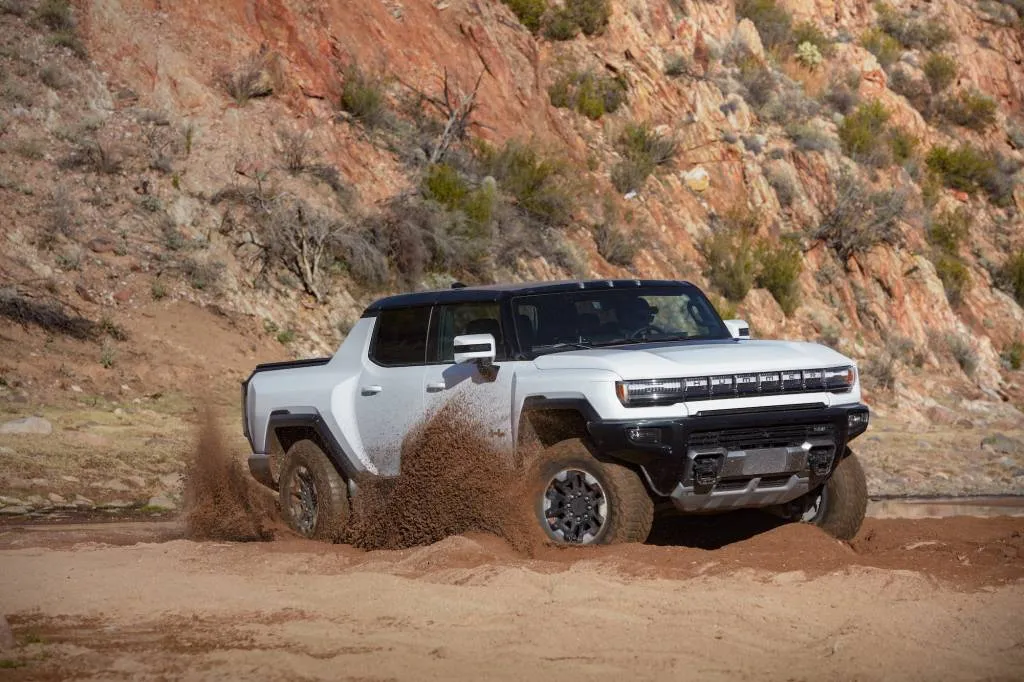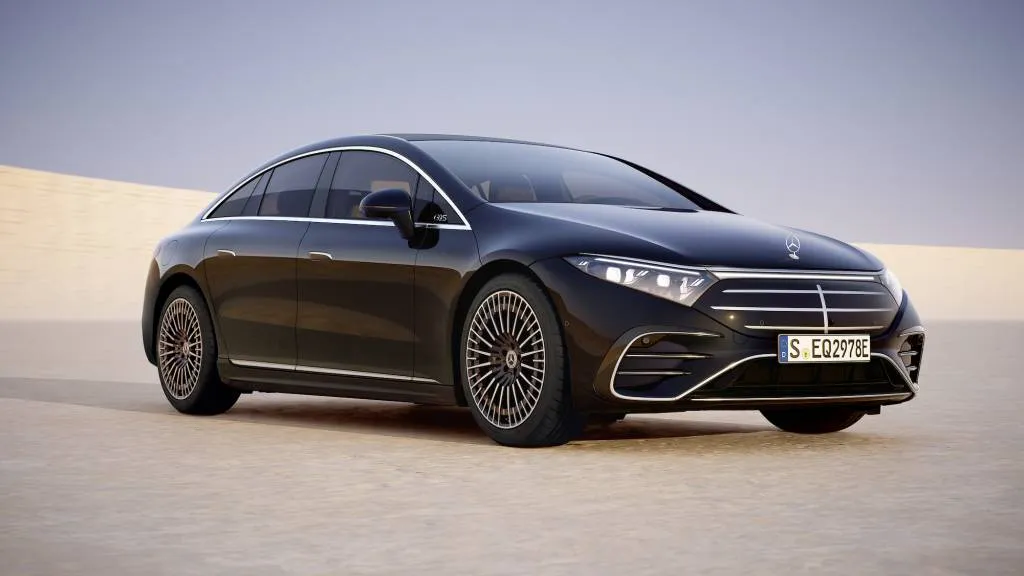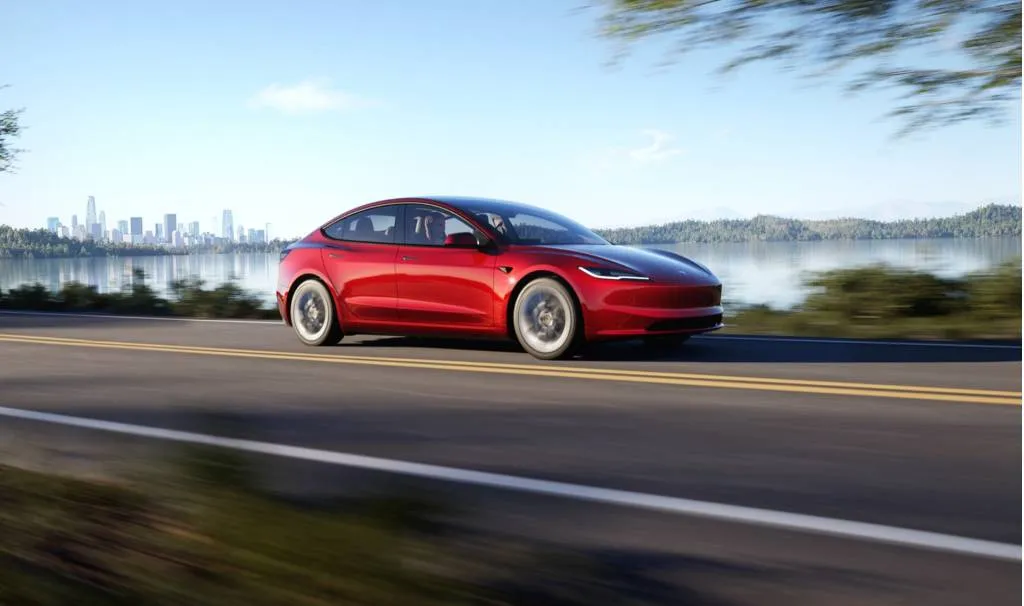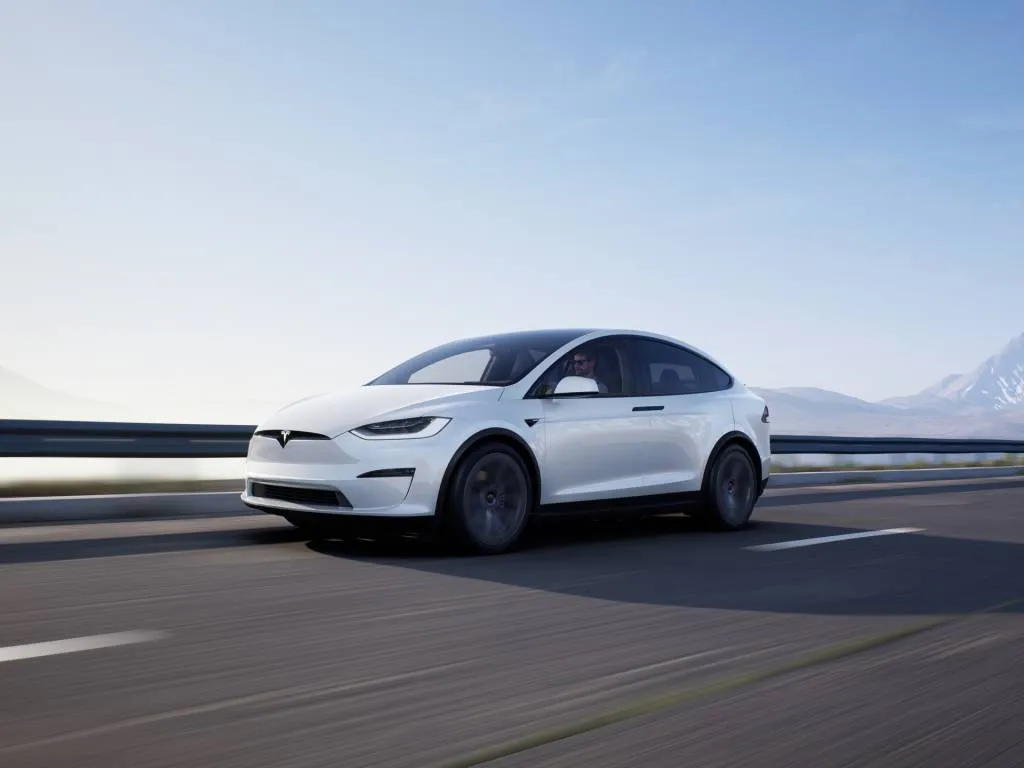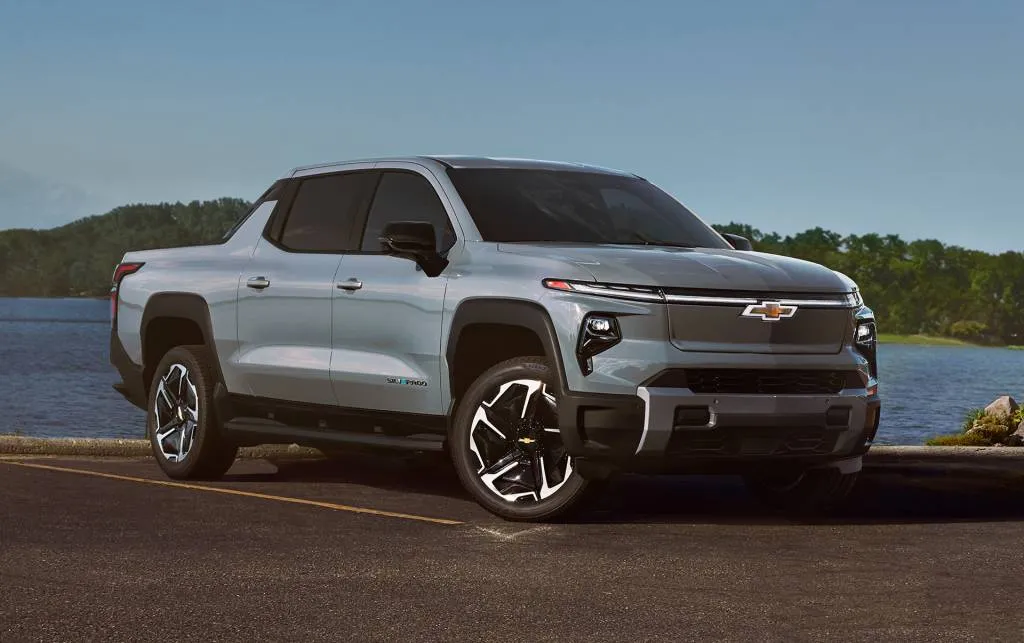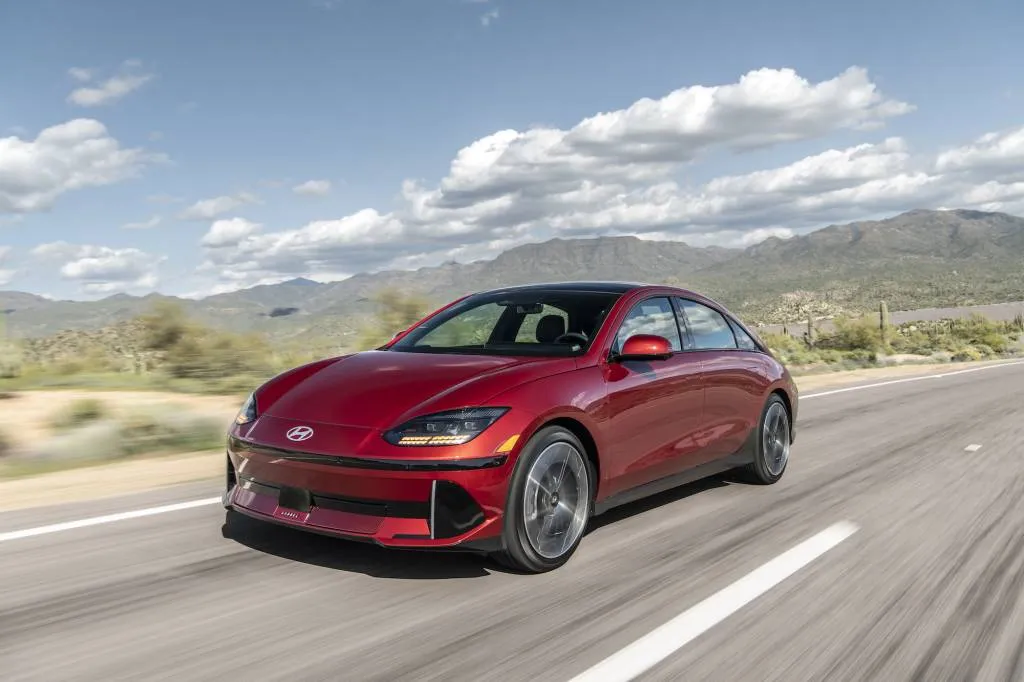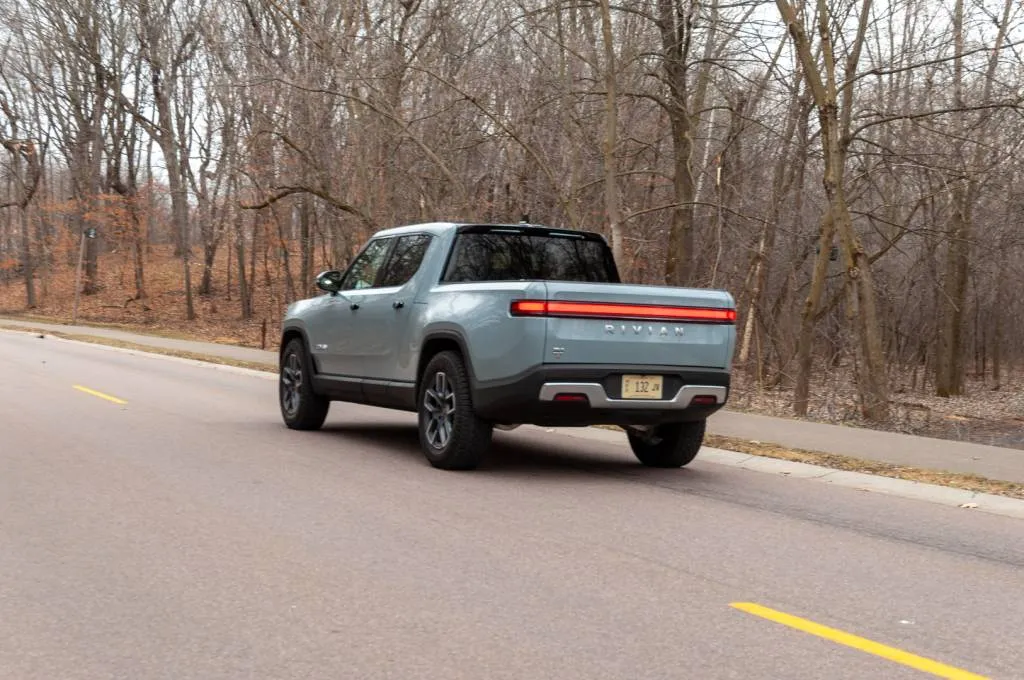Dearborn, Michigan, was at the heart of auto industry innovation during the days of the Model T Ford.
Now clean energy and environmental justice advocates are proposing that the city play a lead role in greening the auto industry, through a transformation of the Dearborn Works steel mill to “green steel” — a steelmaking process powered by hydrogen and renewable energy with drastically lower emissions than a traditional blast furnace.
The blast furnace at Dearborn Works is due for relining in 2027, at an estimated cost of $470 million. Advocates argue that instead of prolonging the blast furnace’s life, its owner, Cleveland Cliffs, should invest another $2 billion dollars and convert the mill to Direct Reduced Iron (DRI) technology powered by green hydrogen (hydrogen produced with renewable energy).
An October report by Dr. Elizabeth Boatman of the firm 5 Lakes Energy examines the economics and logistics of such a conversion, and argues that demand for cleaner steel is likely to grow as auto companies and other global industries seek to lower their greenhouse gas footprints. Starting in 2026, steel importers to the European Union will need to make payments to offset emissions associated with steel production.
Worldwide, the auto industry is the second largest consumer of steel after construction, and “being able to pass on the price of a ‘green steel premium’ to its end consumers, the automotive industry is uniquely positioned to create demand for green steel without having to rely on public subsidies,” the European Union think tank CEPS said in a recent publication.
“This is a great chance for the state to step in now and ensure this conversion happens, instead of waiting another 20 years,” said Boatman. “All the economic indicators suggest clean steel is the steel product of the future, and the best way to future-proof jobs especially in the steel sector and especially for unions.”
Cutting pollution, creating jobs
Cleveland Cliffs is planning to convert its Middletown, Ohio, steel mill to DRI, tapping a $500 million federal grant for industrial decarbonization under the Bipartisan Infrastructure Law and Inflation Reduction Act.
A DRI furnace does not need to use coke or heat iron ore to 3,000 degrees Fahrenheit to produce pure “pig iron”; the same result is achieved with a different chemical process at much lower temperatures. DRI furnaces can be powered by natural gas or clean hydrogen. Initially, Cleveland Cliffs says, its Middletown mill will run on natural gas, releasing about half the carbon emissions of its current blast furnace. Eventually, the company announced, it could switch to hydrogen.
Along with slashing greenhouse gas emissions, a similar green steel conversion at Dearborn Works would greatly reduce the local air pollution burden facing residents in the heavily industrial area, which is also home to a Marathon oil refinery, a major rail yard, and other polluters.
But it wouldn’t be cheap. Boatman’s report estimated the cost of converting a blast furnace to a DRI furnace and associated electric arc furnaces at $1.57 billion, plus $2.6 billion to build a green hydrogen plant. Utility DTE Energy would need to work with grid operator MISO to add about 2 GW of solar and 2 GW of wind power, plus battery storage, to the grid to power the green hydrogen production.
The conversion would mean closure of the EES Coke plant, which turns coal into coke for the steel mill, on heavily polluted Zug Island in the River Rouge just outside Detroit, five miles from Dearborn. In 2022, the EPA sued the coke plant, a subsidiary of DTE Energy, over Clean Air Act violations.
A recent study by the nonprofit Industrious Labs found that the EES Coke plant could be responsible for up to 57 premature deaths and more than 15,000 asthma attacks. The report also found that more than half the people living within a three-mile radius of both the steel mill and coke plant are low-income, and three-quarters of those living around the coke plant are people of color, as are half those living around the steel mill.
“The total health costs are quite significant,” said Nick Leonard, executive director of the Great Lakes Environmental Law Center, which is representing local residents as intervenors in the EPA lawsuit against the coke plant. “We allow companies to externalize those costs and not account for them. If they were required by some sort of change in policy or regulation to be responsible for those costs, it would certainly make the case they could make this expensive switch” to green steel.
The law center also represented residents in legal proceedings around Dearborn Works’ Clean Air Act violations, including a 2015 consent decree and a 2023 mandate to install a new electrostatic precipitator at a cost of $100 million.
Leonard said local residents “know Cleveland Cliffs poses a risk to their health, and they want solutions. They know there’s a problem — they are frustrated by the lack of will or attention from state and local government.”
Cleveland Cliffs did not respond to a request for comment.
Why Michigan?
The country’s active steel mills are concentrated in Pennsylvania, Indiana, Ohio, and Michigan. Advocates and residents are asking Nippon Steel to consider a green steel conversion at the Gary Works mill in Northwest Indiana, if the global corporation succeeds in acquiring Gary Works owner U.S. Steel. Advocates have also proposed green steel conversions for Pennsylvania mills.

Source link by Canary Media
Author Kari Lydersen
#economic #case #green #steel #production #Michigan #steel #mill

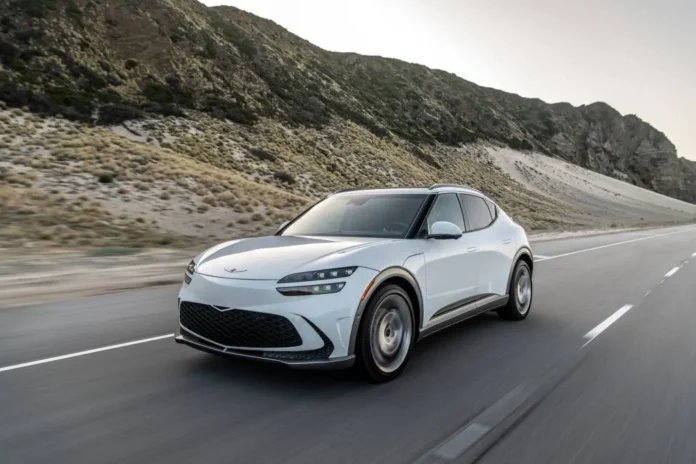
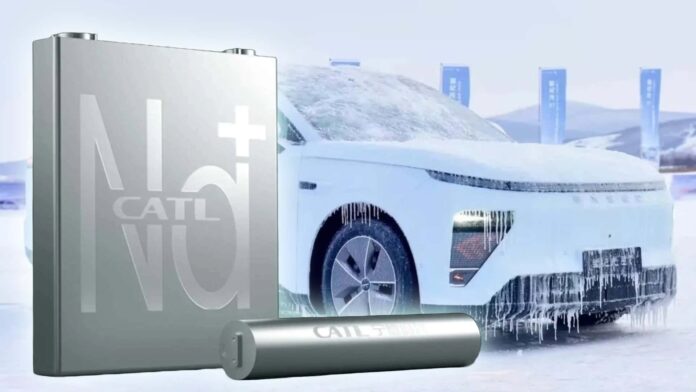
![Watch Kia’s new EV4 hatch carve up the Nurburgring, nearly Watch Kia’s new EV4 hatch carve up the Nurburgring, nearly on two wheels [Video]](https://ev-magazine.com/media/2024/11/1731970118_Watch-Kias-new-EV4-hatch-carve-up-the-Nurburgring-nearly-696x364.jpeg)
